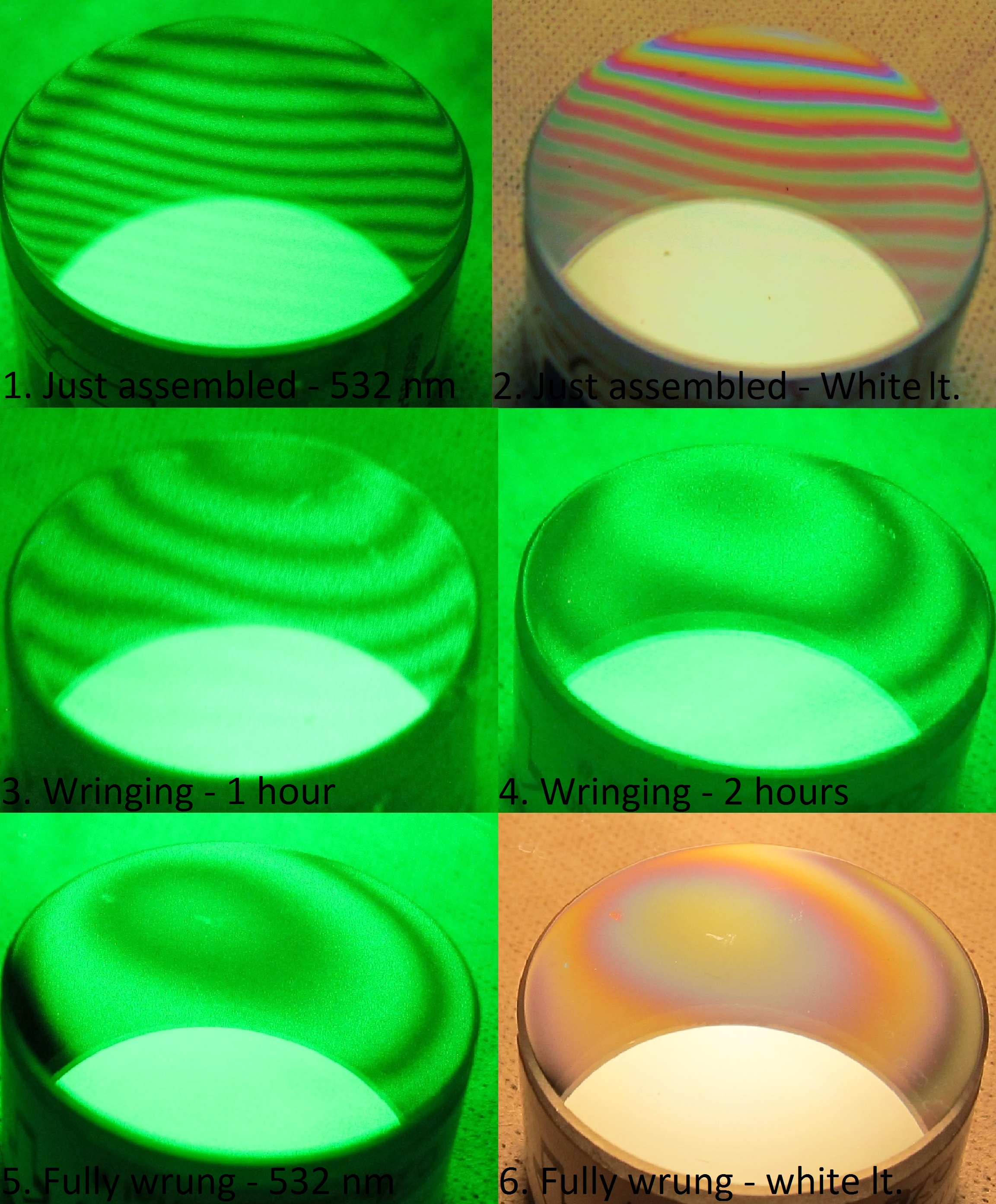jasonrodman
Aluminum
- Joined
- Apr 17, 2013
- Location
- Seattle
I'm trying to spec a surface finish on a 1" bore that's 1.250" deep. 6061 material. Would like to limit the operation to boring with an end mill and not having to go to a boring head, reamer, etc.
What's the best finish I could expect to get? Most charts say a 32 at the best end of the "average application and 16 as a "less frequent application".
Thoughts?
Thanks!
Jason
What's the best finish I could expect to get? Most charts say a 32 at the best end of the "average application and 16 as a "less frequent application".
Thoughts?
Thanks!
Jason



